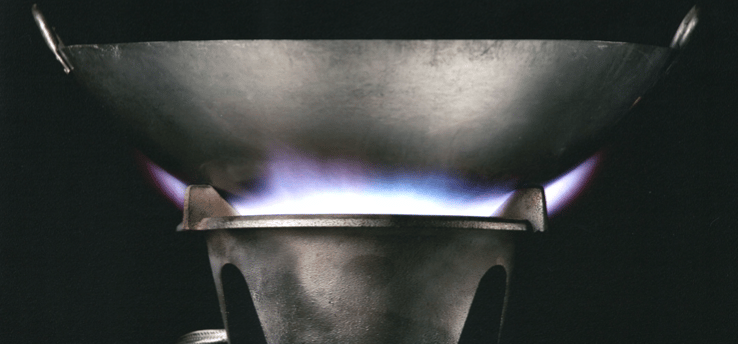Extracting flavours and Sous Vide Vegetable Stock
Explore the timeless art of stock-making and saucecraft, from Auguste Escoffier's traditions to modern innovations. Delve into a world where flavors thrive, setting the stage for culinary excellence.
RECIPIES
Francesco Feston
10/16/20232 min read


The Culinary Cornerstone: Stocks and Sauces in Western Cuisine
Sauces have long held a pivotal role in the realm of Western cuisine, and at the heart of these delectable concoctions are stocks. The process of crafting a stock is an artful extraction of flavors and aromas from a range of ingredients like meat, seafood, and vegetables, often in harmonious combinations. In the midst of a culinary world that's seen numerous high-tech advancements, it's remarkable that very few entirely novel methods have emerged for drawing out the essence of food. To find the roots of stock-making, one must look back to the early 20th century when the legendary French chef, Auguste Escoffier, laid down the framework for a stock-making process that would become the gold standard of haute cuisine.
The Enduring Significance of Stocks
Even in today's contemporary kitchens, stocks maintain their central role in culinary creations, much as they did in Escoffier's own kitchen, including his iconic time at the Ritz Hotel, where he set the stage for the classic dishes that elevated French cuisine to worldwide acclaim. Escoffier was meticulous about selecting only the most gifted individuals as his sauciers and stockmakers.
Crafting the Classic Escoffier Veal Stock
For those seeking to recreate the classic Escoffier veal stock, it all begins with the mirepoix. This versatile flavor base finds its way into countless stocks, sauces, soups, stews, and various other dishes. The mirepoix comprises coarsely chopped onions, carrots, and celery in a ratio of 2:1:1 by weight. Following this, a portion of bones and meat, typically around five times the volume of the mirepoix, is carefully chosen and cut into cubes of 2.5 cm (1 inch). After browning the veal bones and meat, often with the addition of tomato paste, these elements are combined in a large pot, with enough water added to nearly cover the mixture. The simmering process takes up a considerable portion of the day or even two. This fundamental technique can be adapted to craft game stock, chicken stock, fish fumet, and an assortment of vegetable stocks.
The Evolution of Sauces
Built upon the solid foundation of stocks, classical French cuisine has given birth to an extensive array of sauces, ranging from the generic to the highly specialized. By enhancing the flavor base of a stock, a range of techniques are employed, including adding a roux for thickening, infusing it with herbs and spices, incorporating reductions of wine or vinegar, and judicious seasoning. These methods have given rise to a complex hierarchy of classical sauces, all stemming from a handful of basic stocks.
Nouvelle Cuisine: A Culinary Paradigm Shift
In the 1960s and 1970s, Nouvelle cuisine ushered in an era of innovation by challenging the established traditions of codified stocks and sauces. Rather than relying on stocks, Nouvelle cooks turned to intensely flavored pan juices, light herbal infusions, fresh vegetable and fruit juices, and coulis to create their sauces. Instead of thickening with a heavy, flavor-concealing flour-based roux, Nouvelle sauces adopted methods like evaporative reduction, the incorporation of vegetable puree, or emulsification with butter, cream, or oil to achieve a desired consistency. These innovations have left an indelible mark on modern kitchens, but stocks, prepared largely unchanged, remain a steadfast and fundamental element of Western cuisine.
Stocks and sauces are the unsung heroes of the culinary world, their importance transcending generations and culinary trends, and as we've seen, their role in Western cuisine remains steadfast. Whether you're crafting a classic Escoffier veal stock or experimenting with Nouvelle cuisine-inspired innovations, the essence of these essential elements continues to infuse Western dishes with rich and delectable flavors.
